Looking to put colourful dishes on your table this Pride Month (or any time of the year)? Fruits and vegetables are the best place to start!
Read on to find some quick, simple recipe ideas to load up your plate with a rainbow of veggies, plus a list of fruits and vegetables in each colour!
Here’s a bonus: Did you know that eating a wide variety of colourful fruits and vegetables also helps you to get a wide variety of vitamins and minerals? While all vegetables contain fibre and other important nutrients, some colours tend to be higher in specific vitamins to help you thrive.
Recipe ideas to fill with colourful veggies
Salads
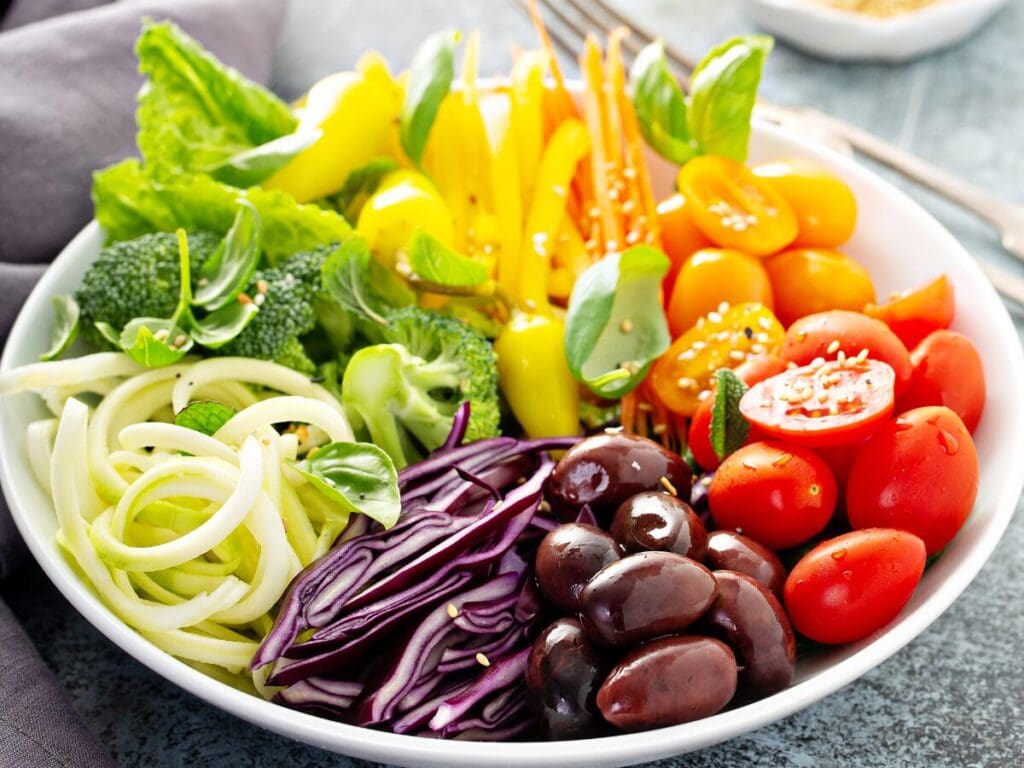
Salads are a light, summery dish that’s not only tasty, but also incredibly nutritious and flexible. With the versatility to choose the ingredients and dressings to suit your taste (and use up what’s left in your fridge), you can pack them with a variety of fresh vegetables, fruits, nuts, seeds, grains, and plant-based proteins.
Try this colourful vegan cobb salad from registered dietitian Desiree Nielsen or this rainbow raw and roasted salad from Betterfoodguru.
Feeling creative? Whip up your own recipe to enjoy with this vegan Green Goddess dressing from Nora Cooks. Or, try this 5-minute vegan salad dressing from Heartbeet Kitchen.
Rice bowls
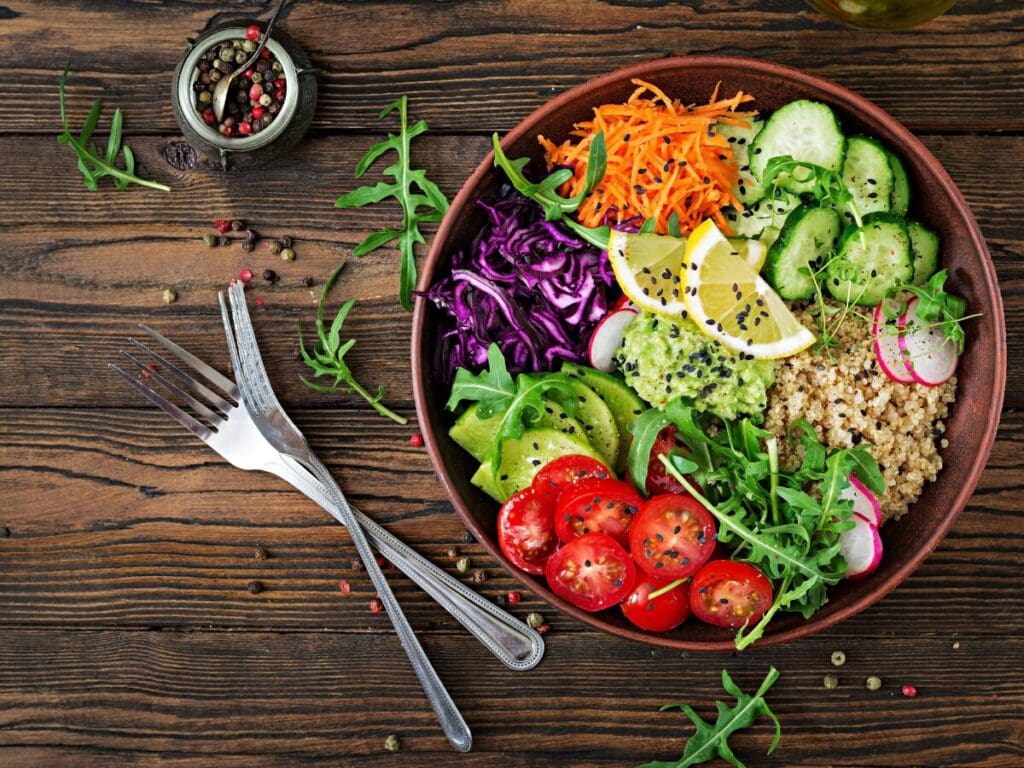
From burrito bowls to falafel bowls, rice bowls have the versatility and ease to be a perfect weeknight dinner option. Here’s one formula for a simple, tasty, and nutritious rice bowl:
- Choose your cuisine, such as Mexican or Mediterranean. Aim to incorporate ingredients that are commonly used in that cuisine or are grown in that region, as flavours that grow together are more likely to go together.
- Choose your rice. Brown rice is an inexpensive and nutritious choice that works well with a variety of toppings.
- Add a variety of colourful vegetables.
- Add a protein (or more!), such as baked tofu, beans, or roasted chickpeas.
- Add a sauce or spread.
The possibilities using this formula are endless! Here’s one example to get started:
Falafel bowl
- Brown rice
- Falafel (try this falafel recipe from Minimalist Baker)
- Pickles
- Tomato
- Pickled red onion (here’s a quick pickled onion recipe from Cookie + Kate)
- Lettuce
- Parsley
- Hummus
- Hot sauce
Or, find a pre-assembled recipe like this black bean burrito bowl from Plant University for a pop of colour on your table!
Sushi
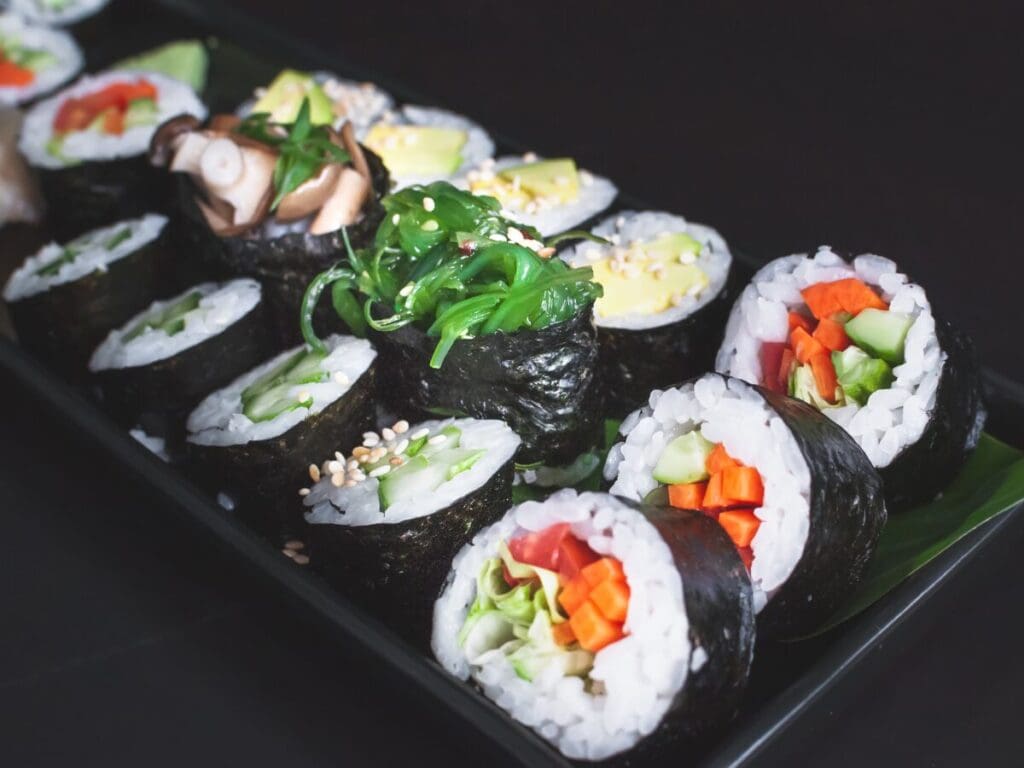
Plant-based sushi, sushi bowls, or sushi burritos are a delicious option if you have a bit more time on your hands. Here is a step-by-step guide on assembling sushi from Love and Lemons. Once you have the process down, fill up your sushi with whatever vegetables and other ingredients you want, cut into strips. Here’s one colourful combo to try:
Rainbow vegan maki
- Cucumbers
- Carrots
- Smoked tofu
- Avocado
- Red cabbage
- Vegan tempura sweet potato (try this vegan tempura recipe from The Viet Vegan)
- Rolled in sushi rice and nori (roasted seaweed)
- Pickled ginger, soy sauce, and/or vegan sriracha mayo for serving
Vegan sriracha mayo
- ½ cup vegan mayonnaise
- 2 tablespoons Sriracha
- 1 teaspoon lemon juice
- Pinch of ground pepper
- Small splash soy sauce
Stir fry
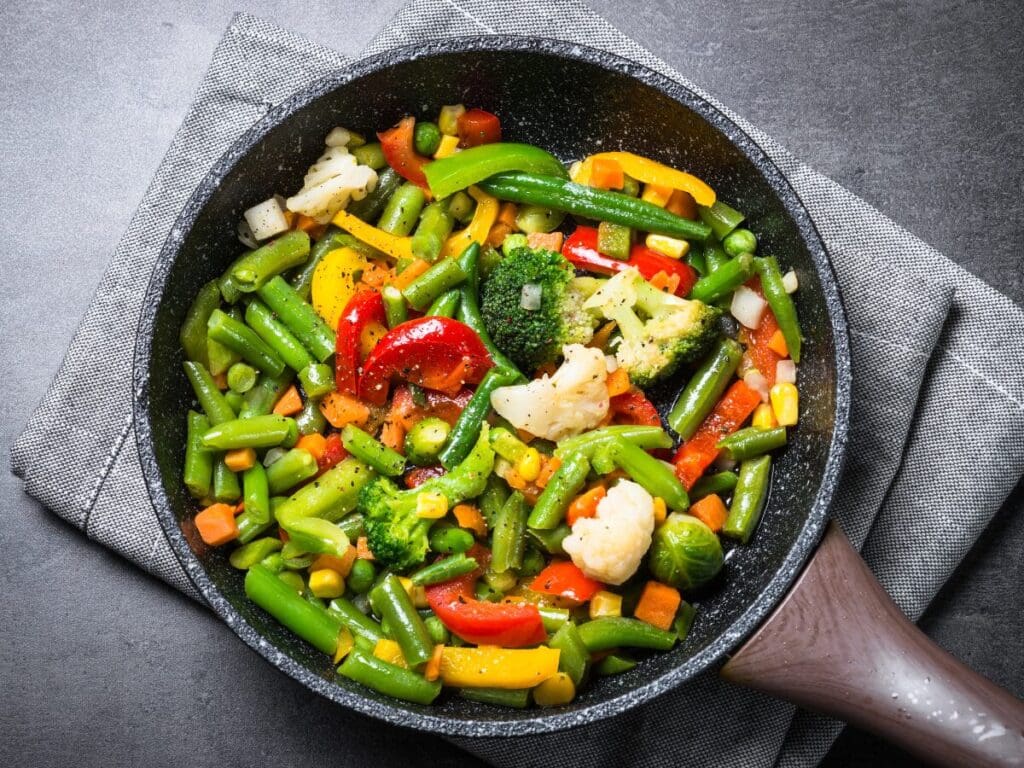
Stir fry is quick, nutritious, and incredibly versatile with the flexibility to incorporate a variety of colorful vegetables, tofu, and plant-based proteins. The high-heat cooking method preserves the vegetables’ vibrant flavors, while allowing for endless customization with different sauces, spices, and seasonal ingredients.
Try this colourful vegan stir fry from Nora Cooks to serve over rice or noodles!
Fruits and vegetables in each colour of the rainbow
Red vegetables

- Tomato
- Red bell pepper
- Radish
- Red potato
- Chili pepper
- Red Swiss chard
Vitamin note: Red and orange vegetables are especially high in vitamin A, vitamin C, potassium, and Vitamin K. Red, orange, and yellow vegetables can also contain carotenoids like lutein and zeaxanthin, which are important for eye health.
Orange vegetables
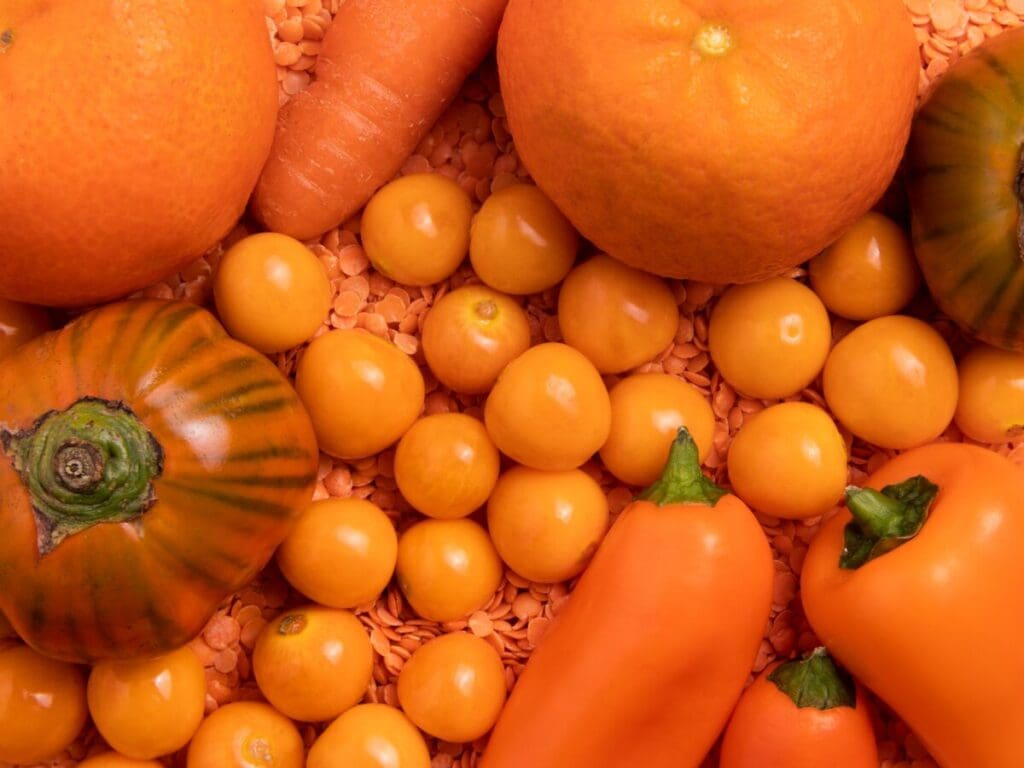
- Sweet potato
- Carrots
- Pumpkin
- Orange bell pepper
- Butternut squash
Yellow vegetables
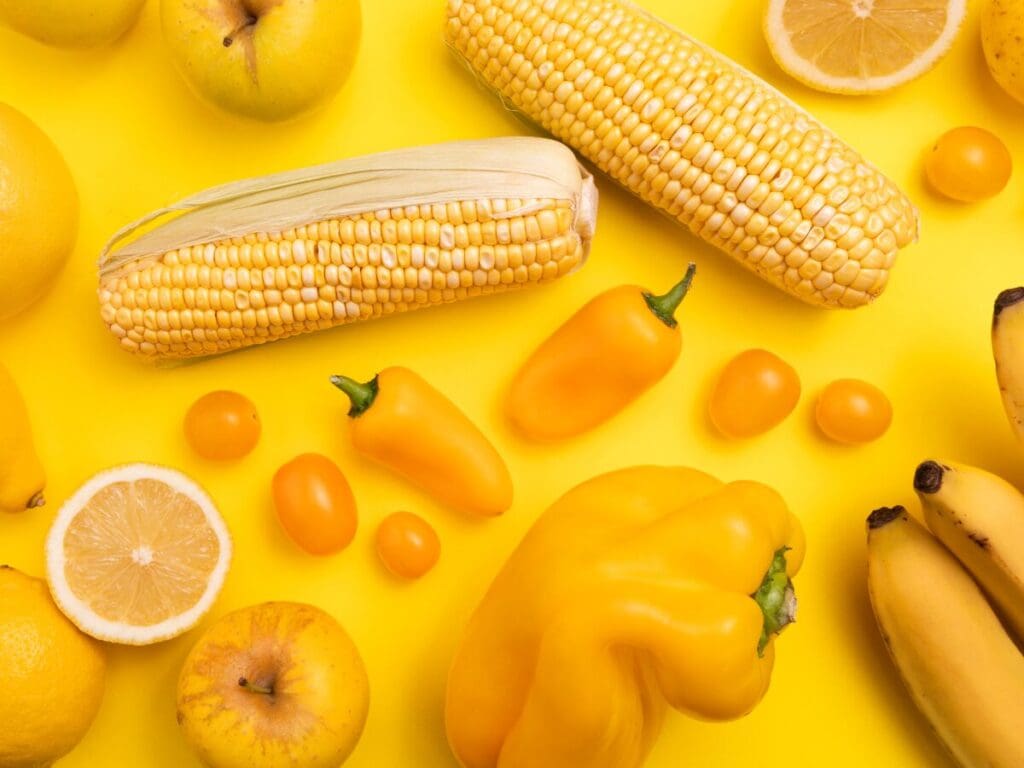
- Yellow bell pepper
- Corn
- Acorn squash
- Spaghetti squash
- Yellow cherry tomatoes
- Golden beets
- Yellow wax beans
- Yellow cauliflower
- Plantain
Green vegetables
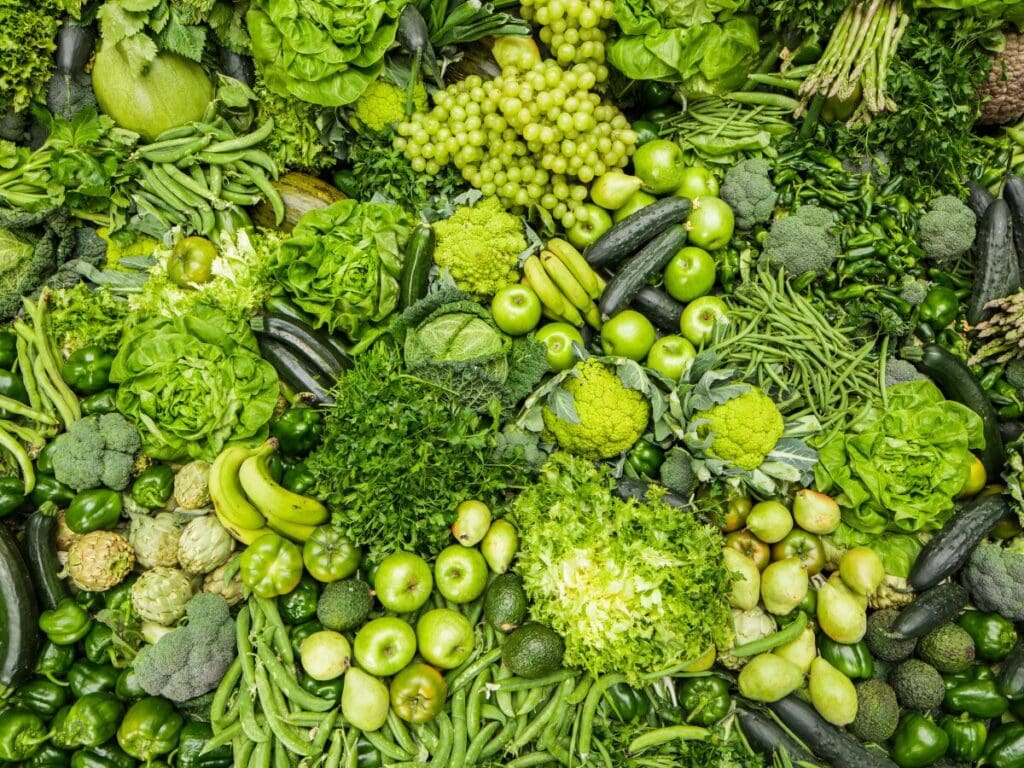
- Broccoli
- Green bell pepper
- Jalapeño pepper
- Bok choy
- Peas
- Green beans
- Avocado
- Zucchini
- Cucumber
- Spinach
- Kale
- Green leaf lettuce
- Romaine lettuce
- Swiss chard
- Collard greens
- Arugula
- Brussels sprouts
- Herbs like parsley, basil, and cilantro
Vitamin note: Dark leafy green vegetables like kale, Swiss chard, and collard greens contain lutein and zeaxanthin, which are important for eye health. Dark green vegetables also tend to be especially high in iron, potassium, calcium, and folate, a B vitamin that benefits heart health.
Blue vegetables
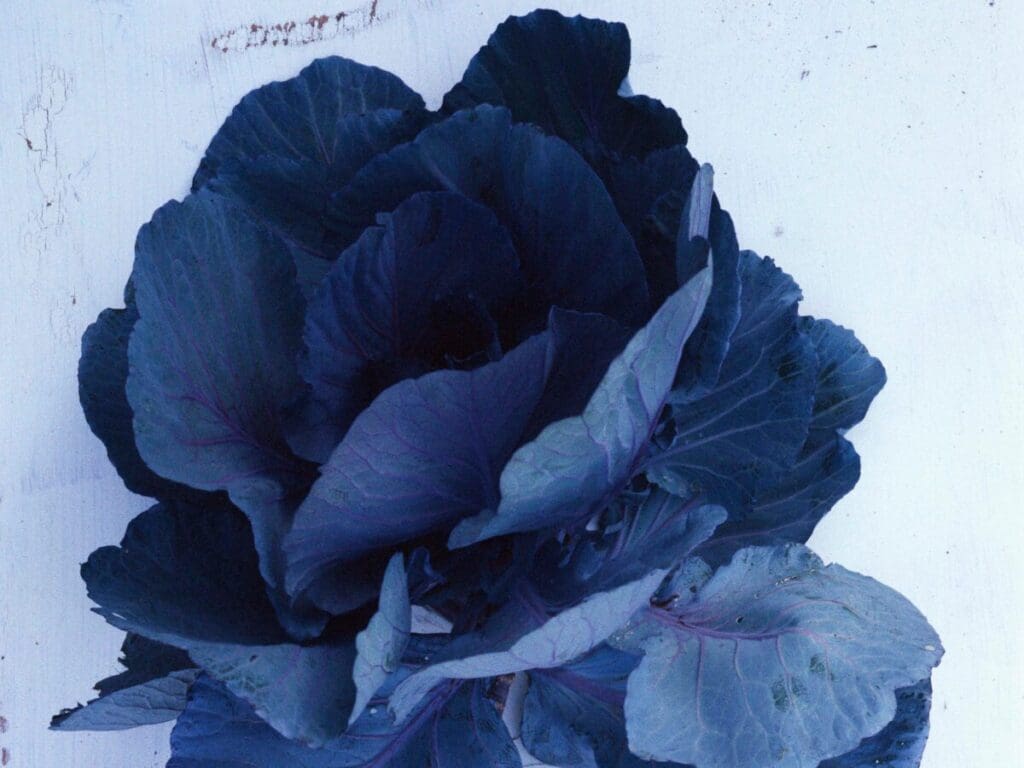
- Blue cabbage
Purple vegetables
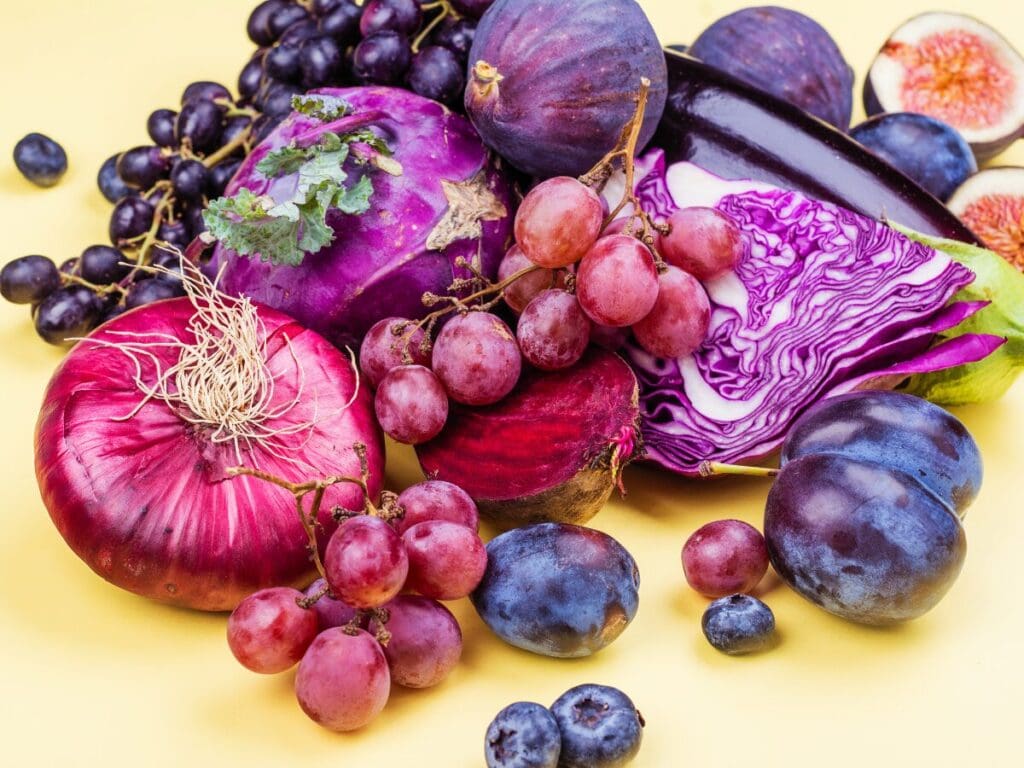
- Red or purple cabbage
- Red onion
- Beets
- Eggplant
- Purple cauliflower
- Purple sweet potato
- Purple asparagus
Vitamin note: Purple vegetables often contain anthocyanins, a type of nutrient which has been found to possess antioxidative and antimicrobial activities, improve visual and neurological health, and protect against various non-communicable diseases.
What colourful dishes will you be trying this Pride Month? Let us know at vancouverhumane on Instagram or on the Vancouver Humane Society Facebook page!



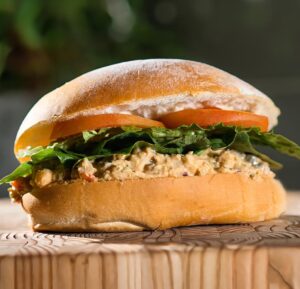

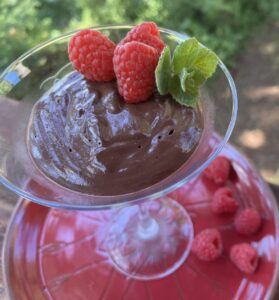
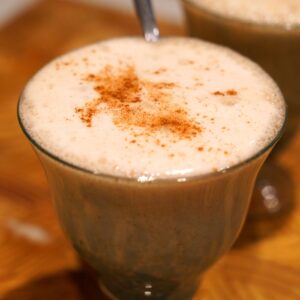
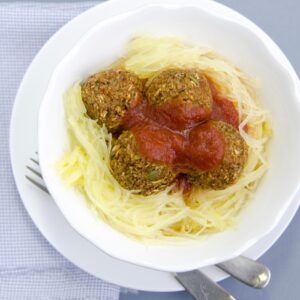


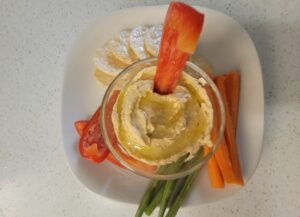
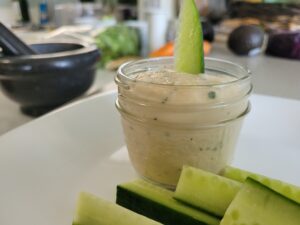


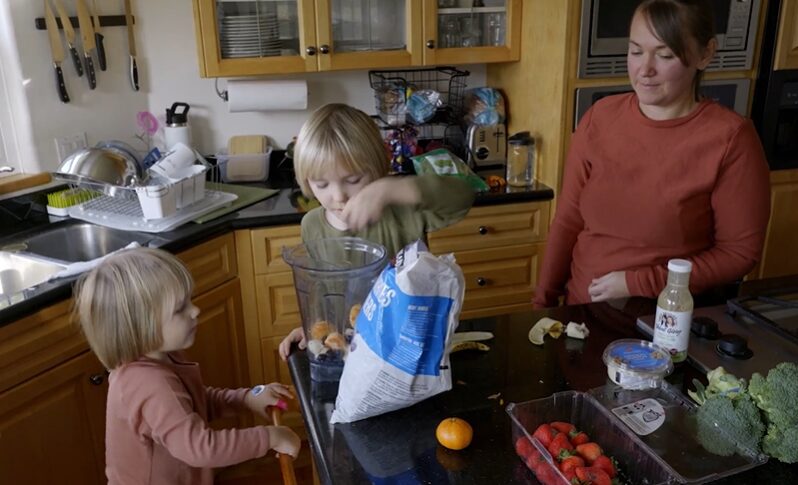



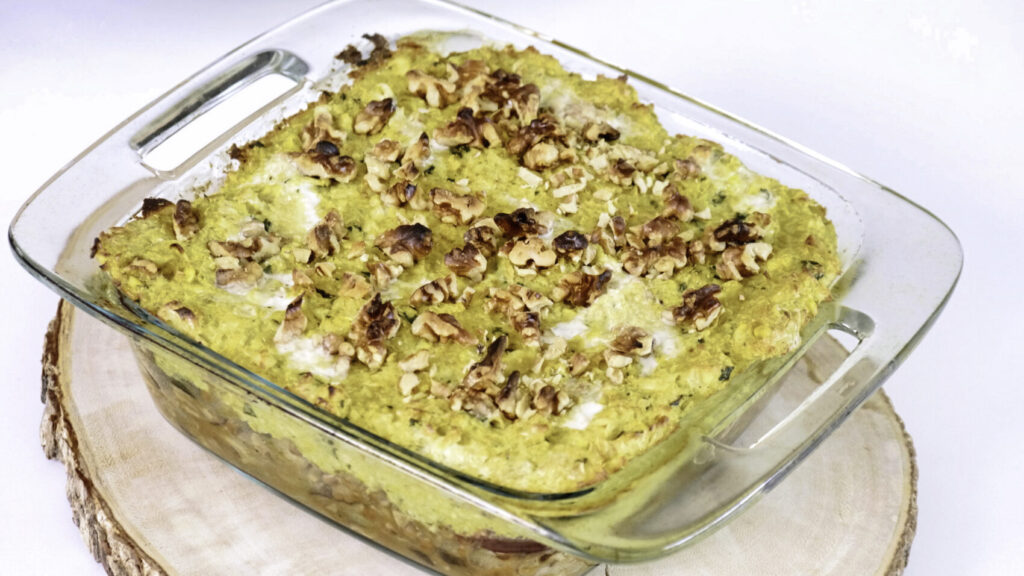


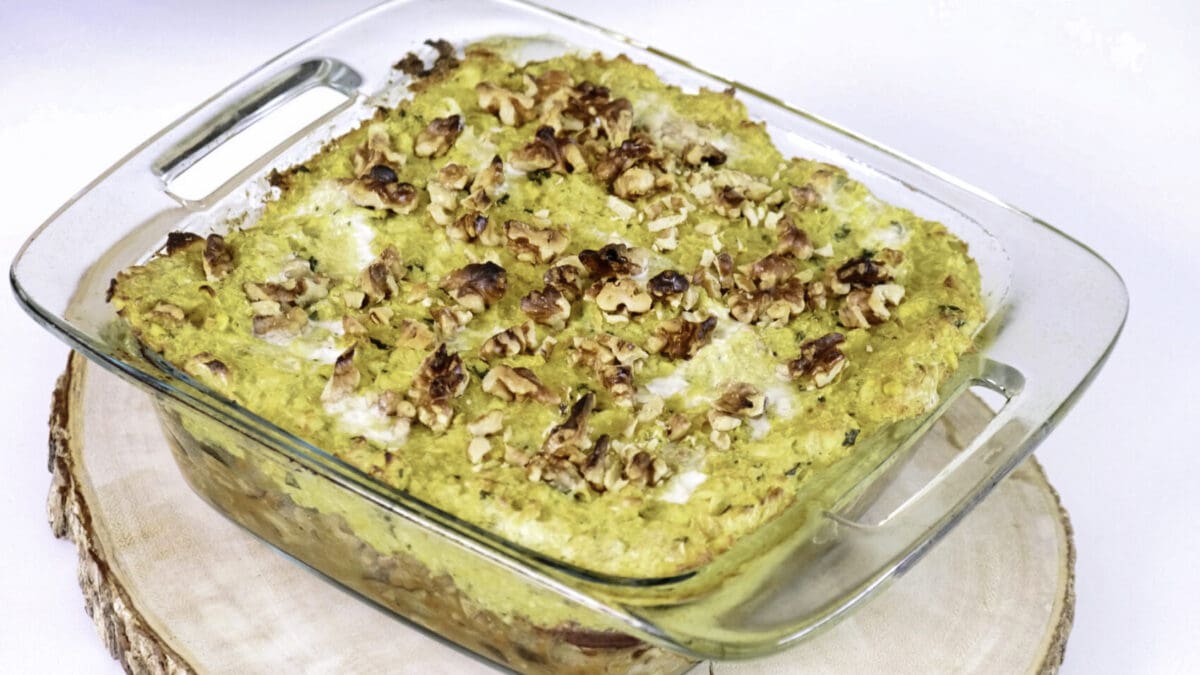
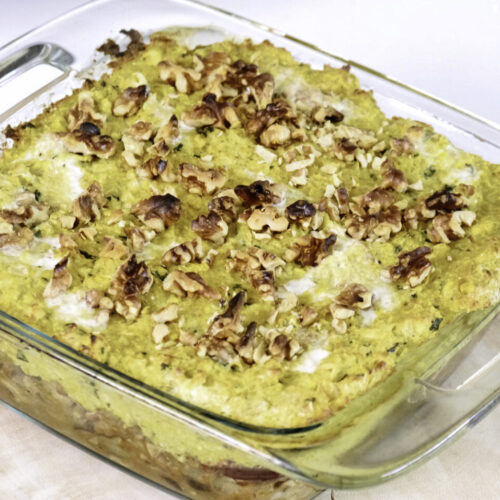


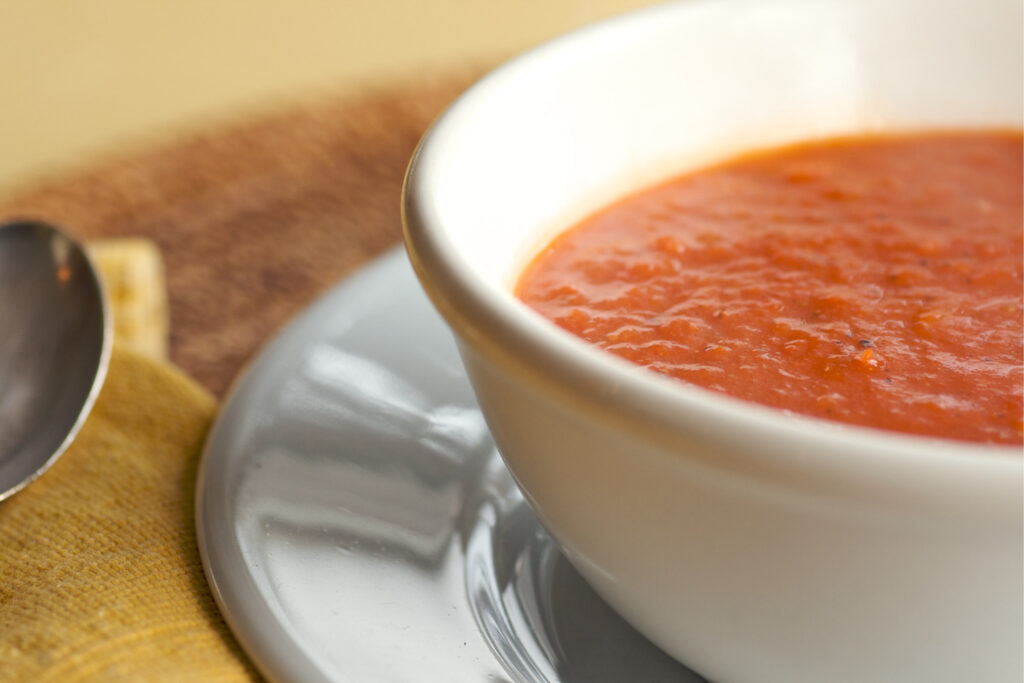

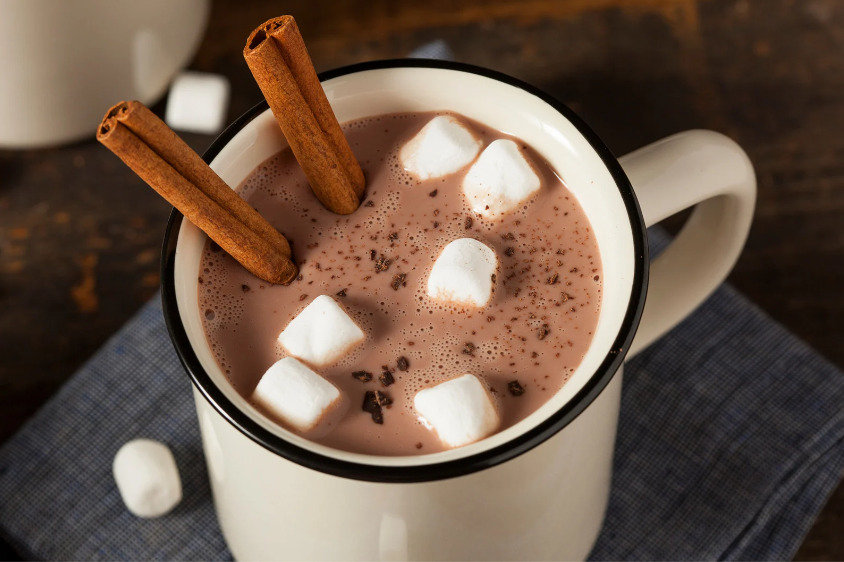
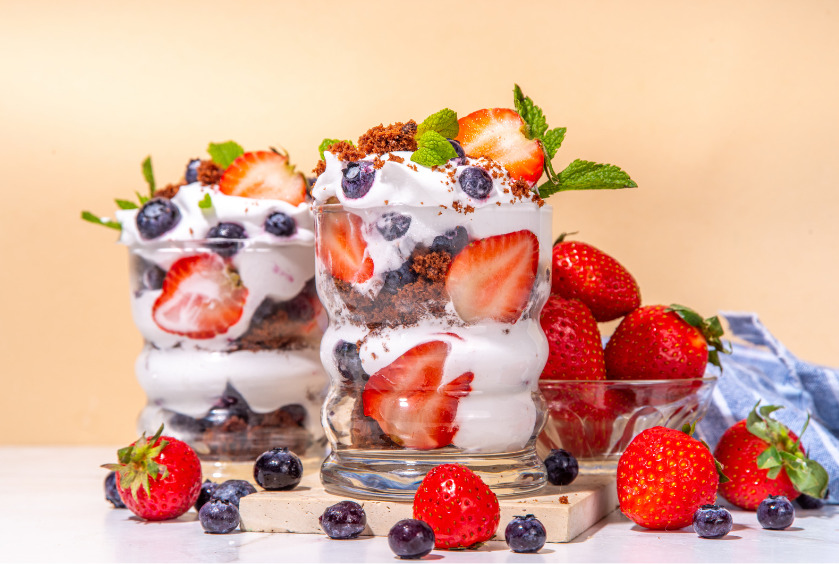
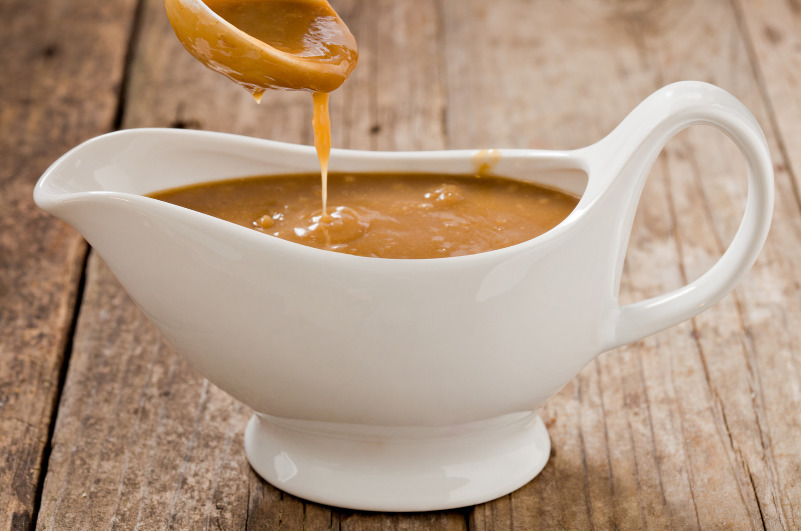

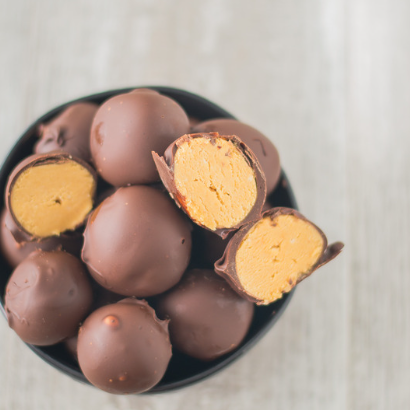
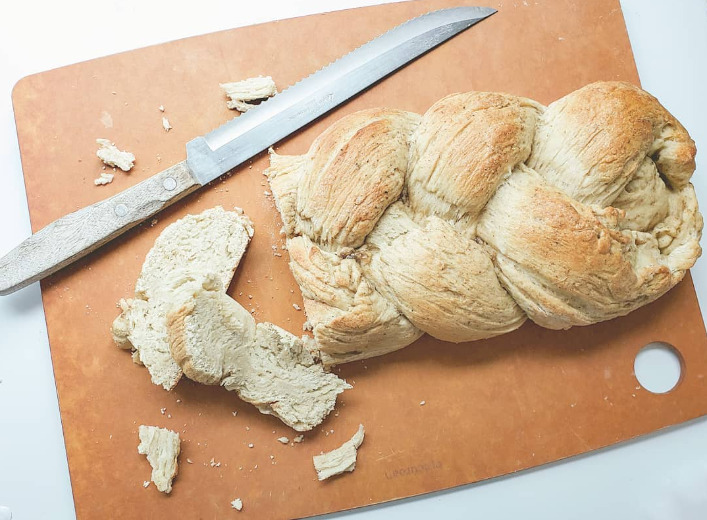
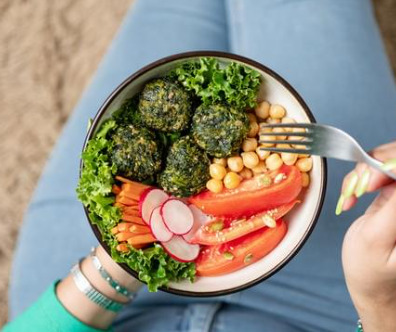
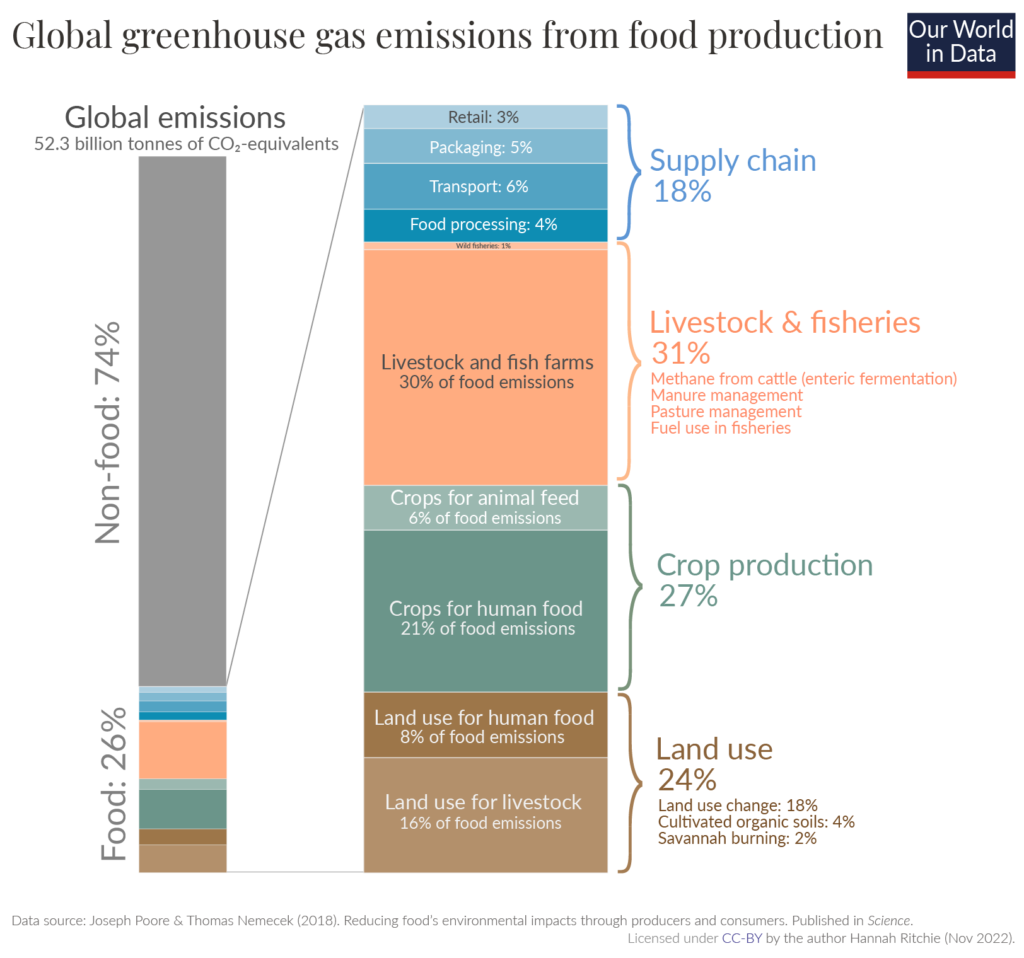
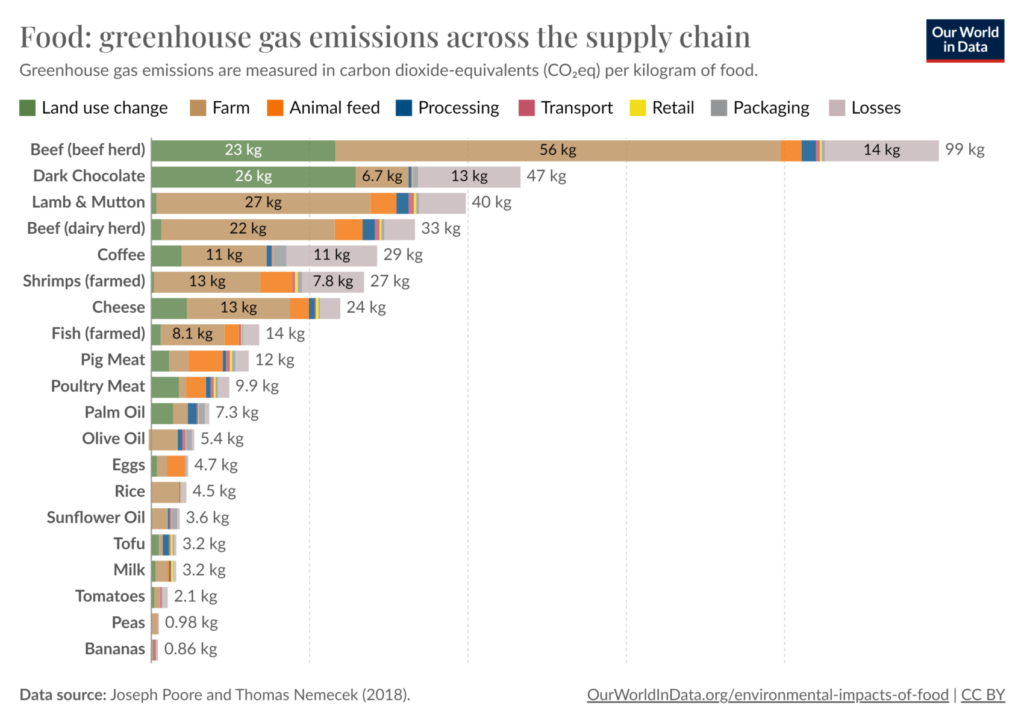
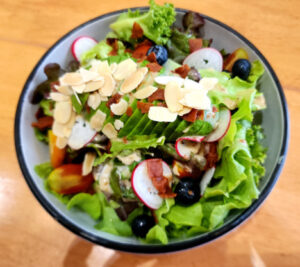
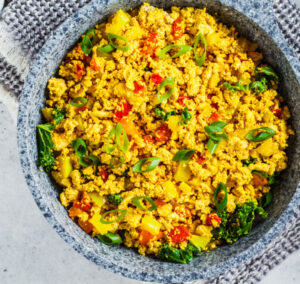
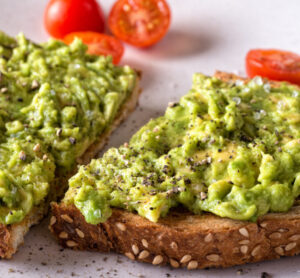
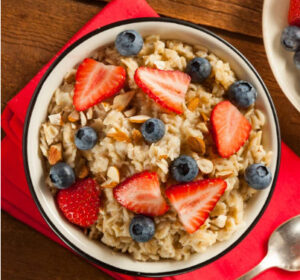
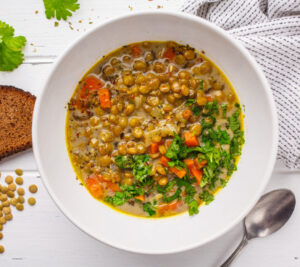
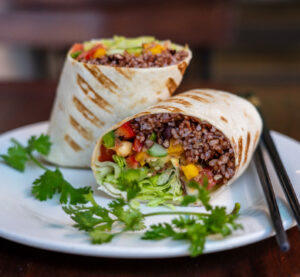
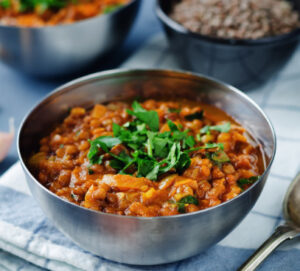
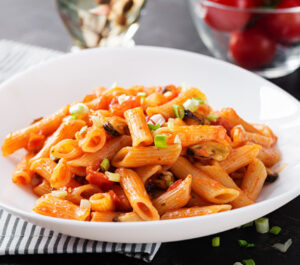
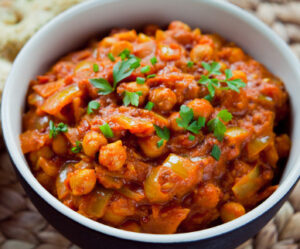
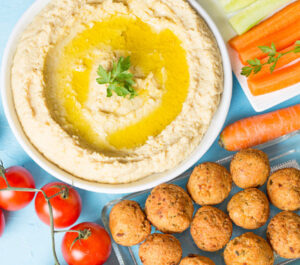

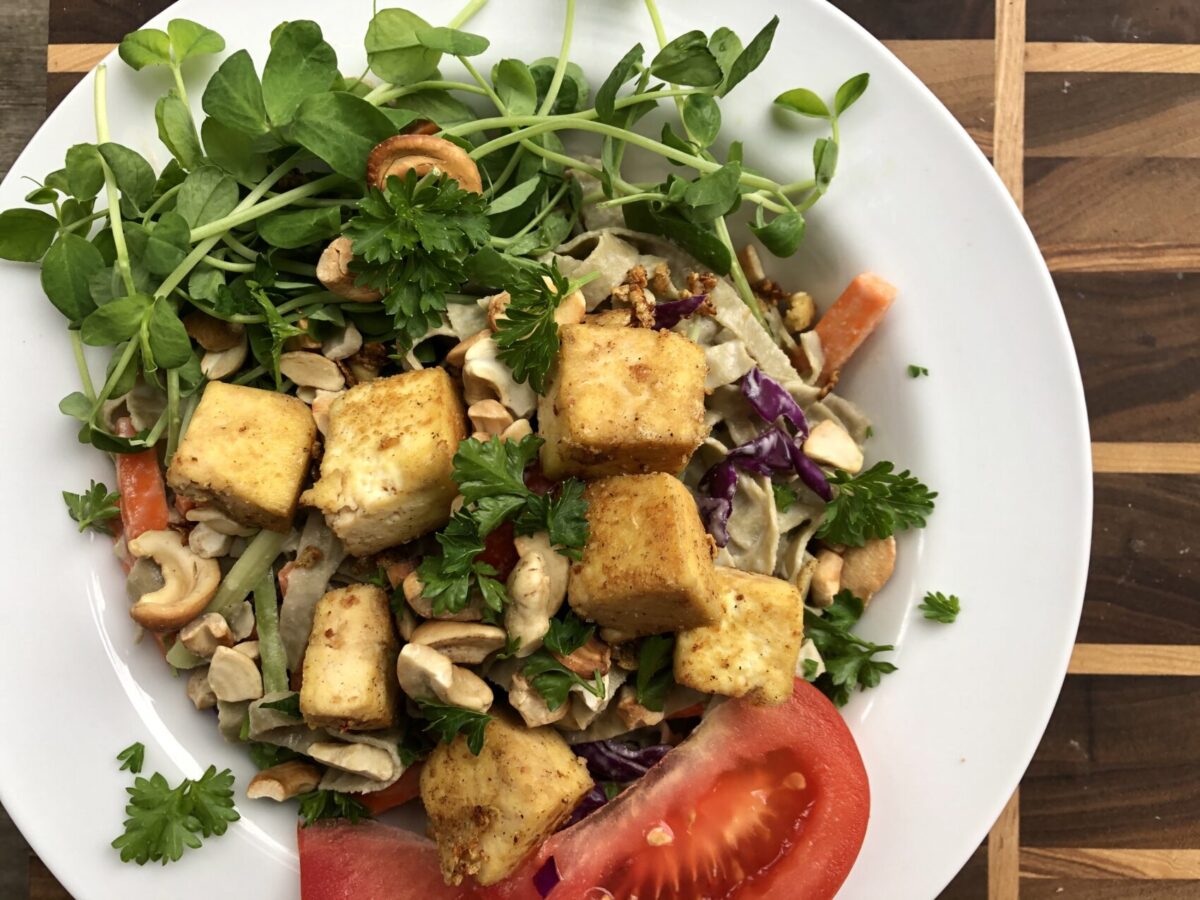
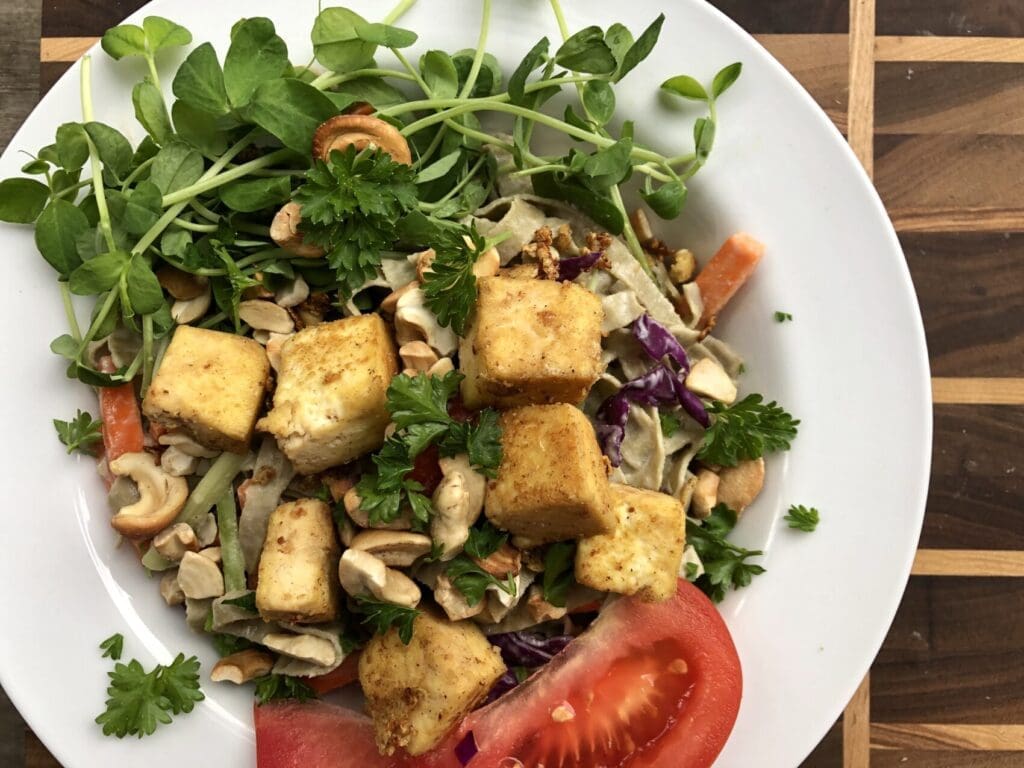
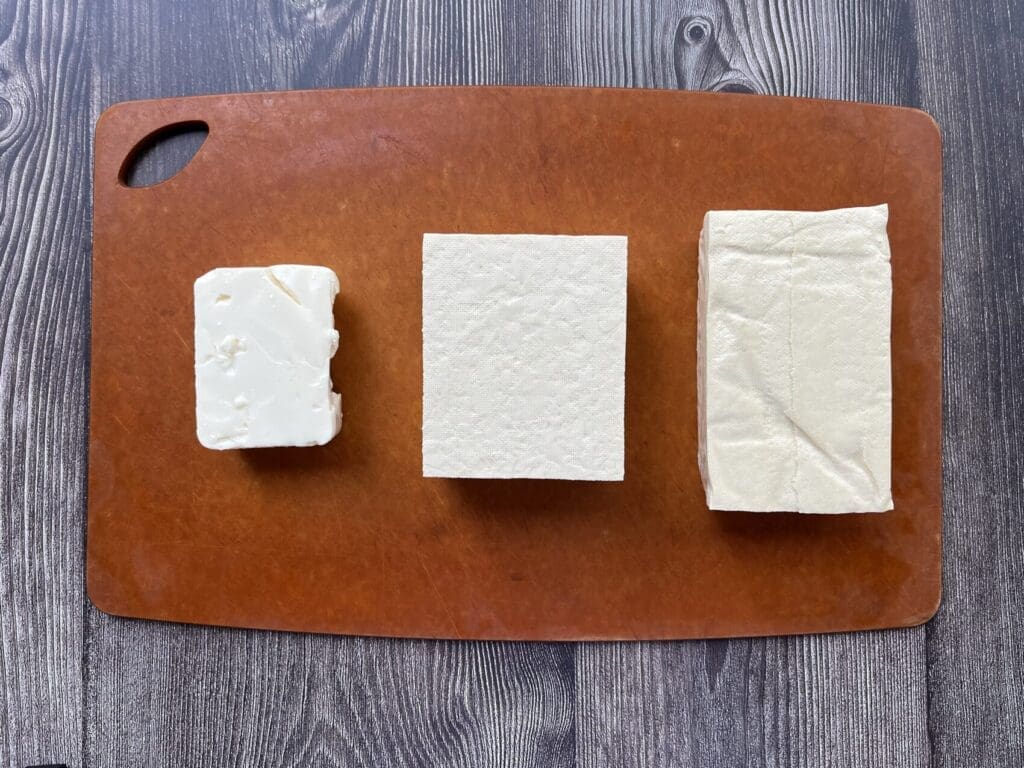
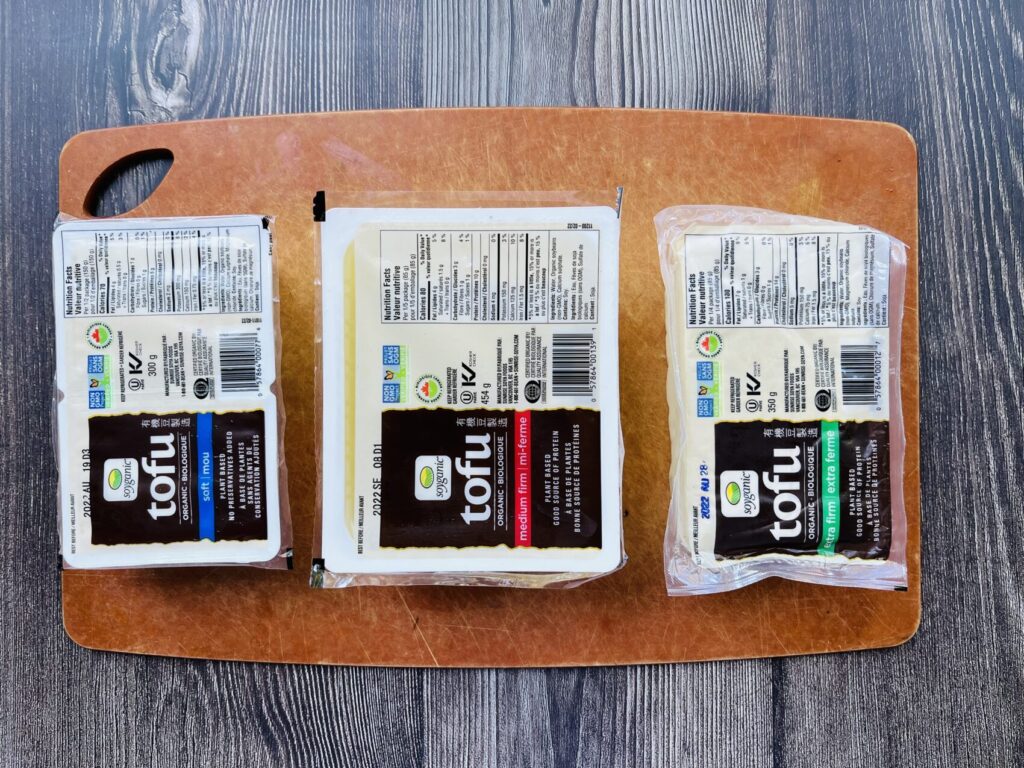




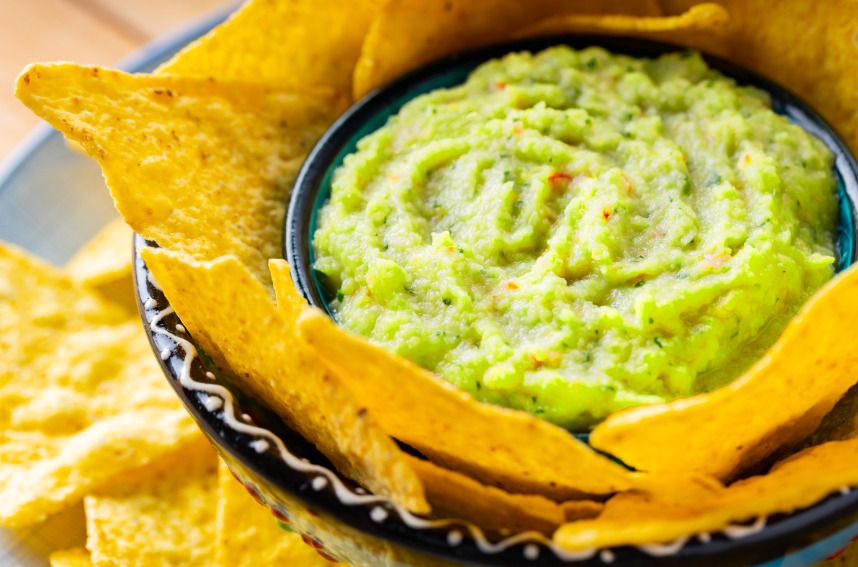
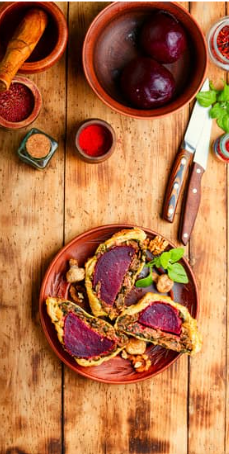
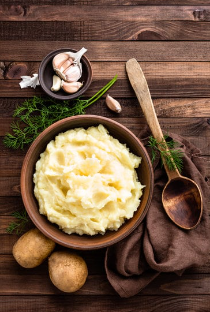





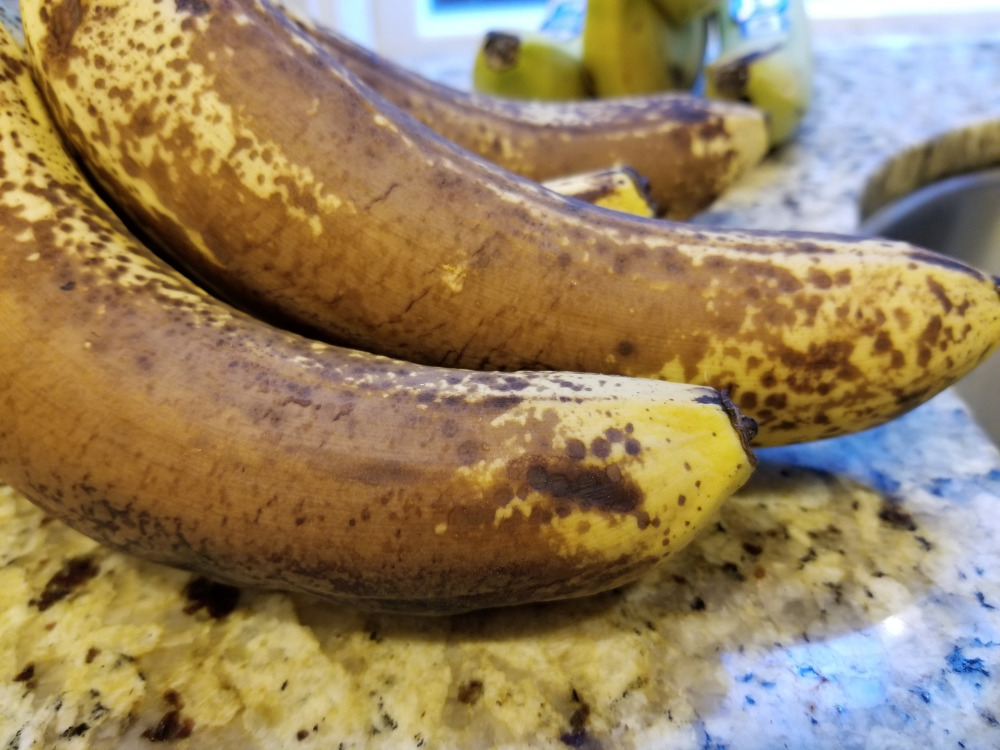


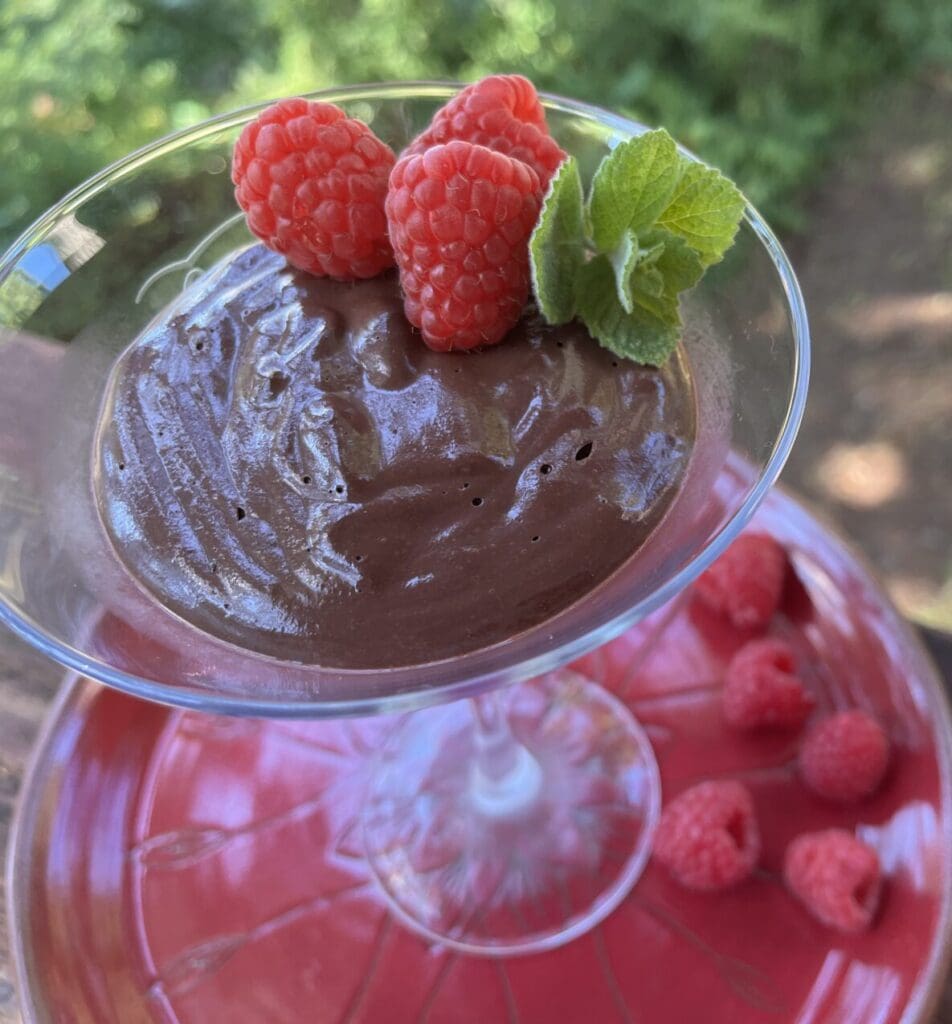
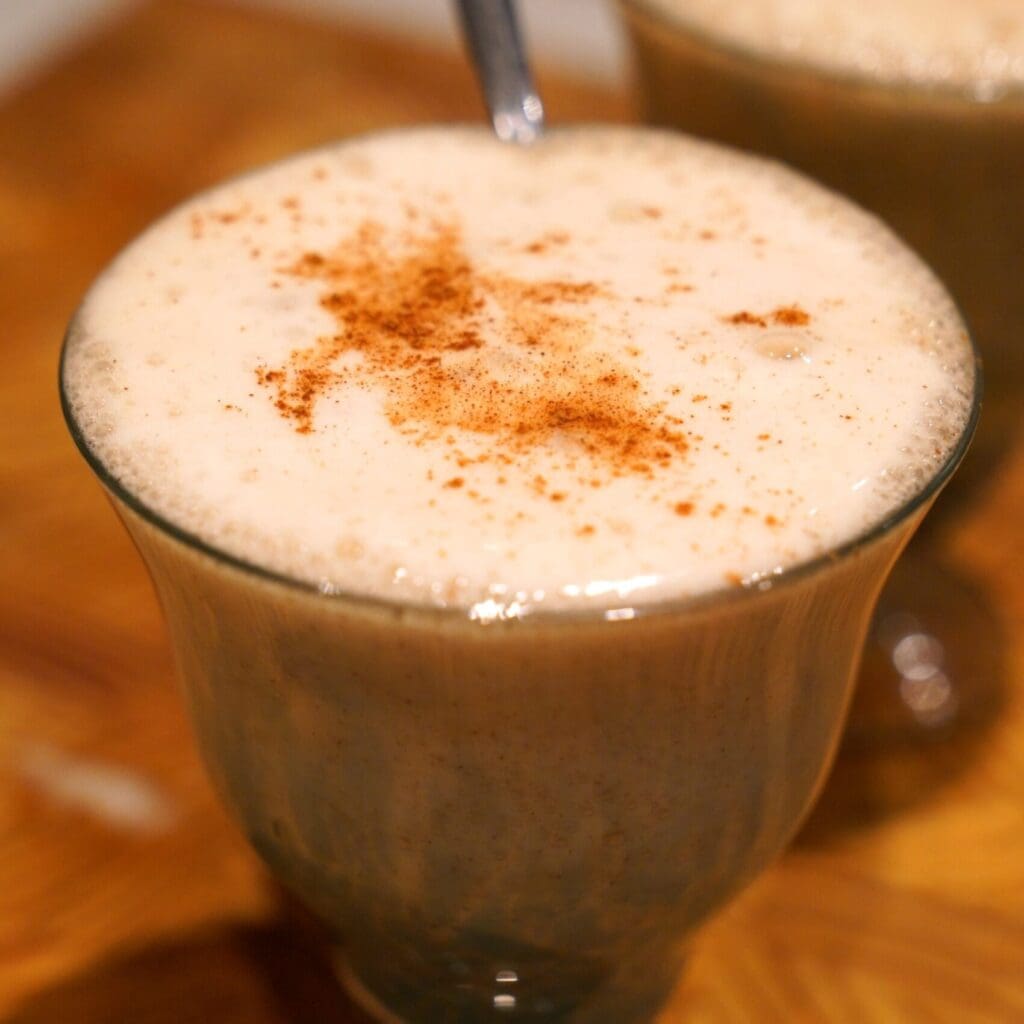
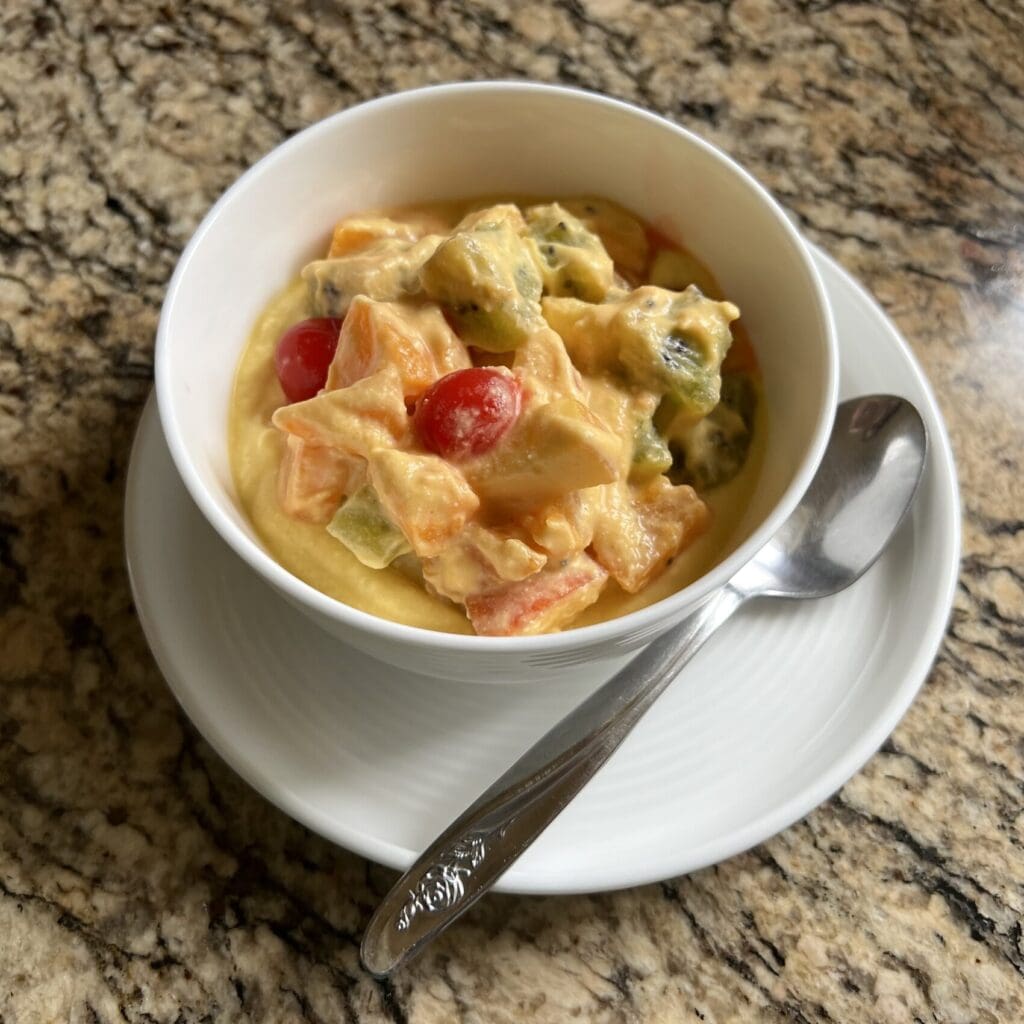
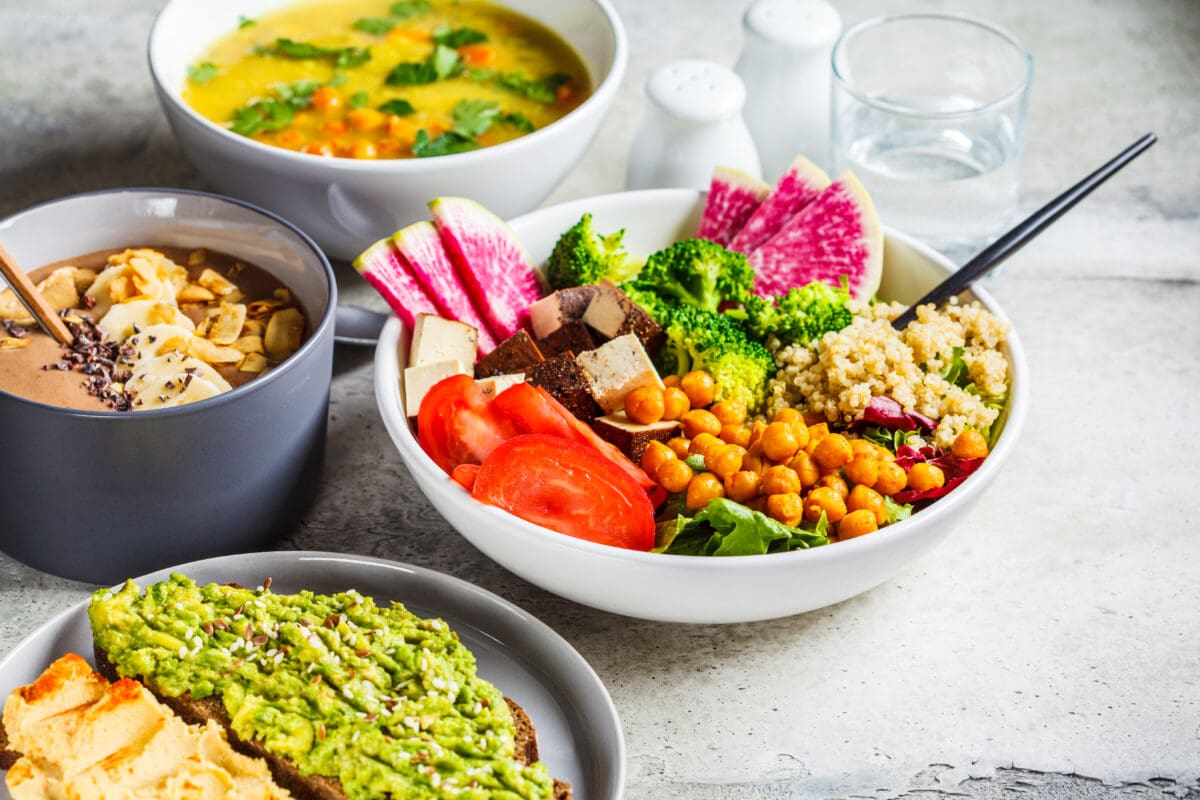
Leave a Reply